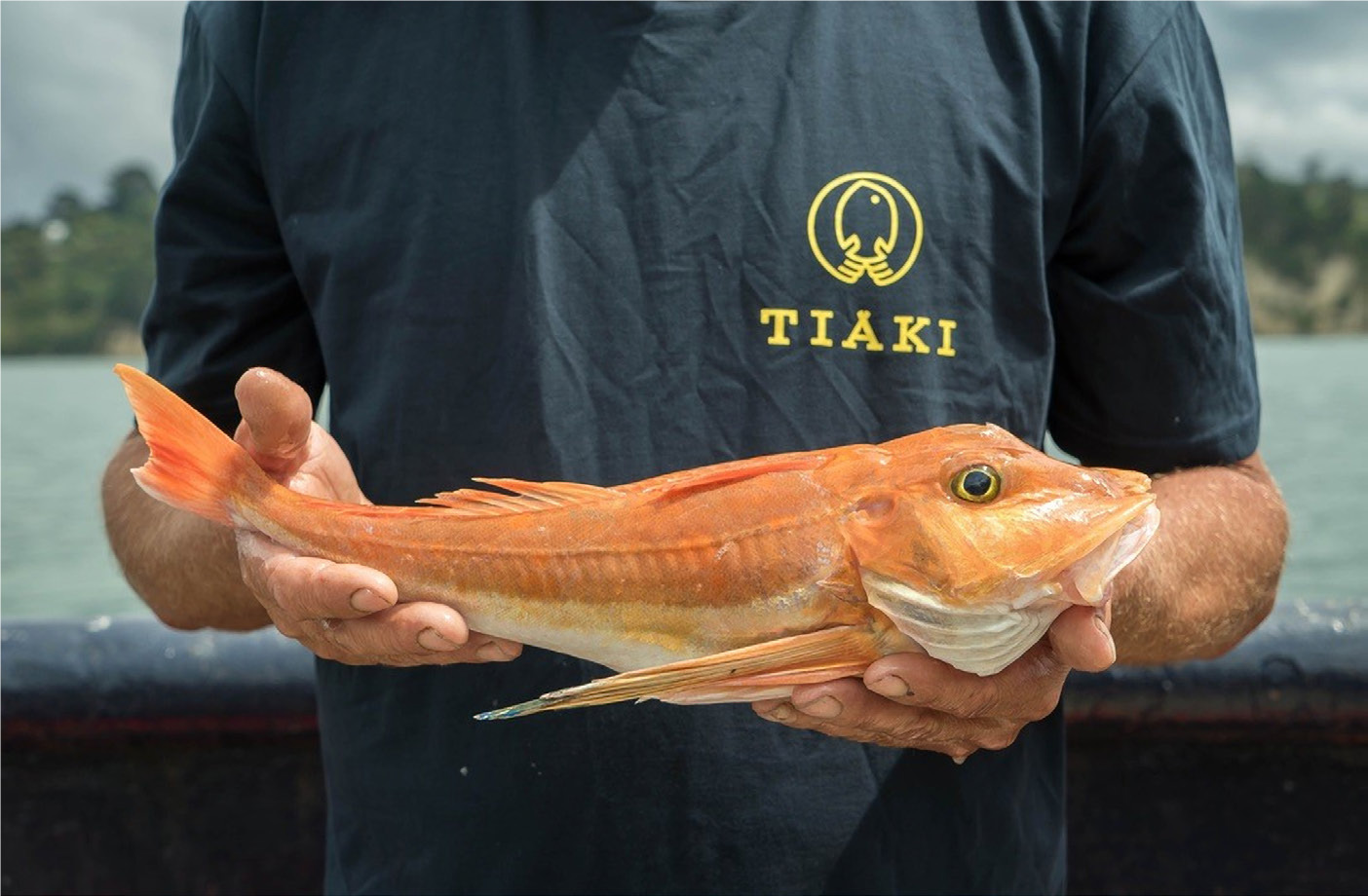
Transforming Bulk Seafood Harvesting by producing the Most Authentic Wild Fish
The Primary Growth Partnership ended in March 2019 having achieved much. Key concepts and 6 project workstream results are summarised and further papers will cover technical and policy/regulatory developments. The gear will be commercially available worldwide in 2022 and be underpinned by this independently peer reviewed information.
Key Concepts
- Well-managed fisheries increase value through improving productivity, quality and efficiency rather than increasing volume. From being a frozen, commodity fishery, the New Zealand Hoki fishery has learnt how to preserve inherent, natural qualities.
- Trawling is economically efficient bulk fish harvesting and has relied upon collecting exhausted fish in the cod-end. Fish are physically damaged and highly exercised i.e. every uncontrolled interaction is a potential deficit.
- New Zealand fish physiology scientists collaborated with leading seafood companies and the government in the Precision Seafood Harvesting (PSH) Primary Growth Partnership (PGP) to develop technologies to harvest key commercial fish species in minimally damaged, minimally fatigued condition to enable the quality potential to be realised for rested harvested fish.
- They envisaged and developed a modular harvest system (MHS) to match the internal waterflow velocity with key species’ swimming speed. MHS fish could surface alive, neither injured nor stressed and smaller fish and unwanted species, including megafauna, could escape or be released and survive. Being rested, the muscle/raw protein material quality is significantly improved which dramatically increases higher value product options.
- This MHS is in commercial operation in New Zealand deepwater fisheries and under trial in inshore fisheries.
- It could significantly transform bulk harvest fisheries worldwide.